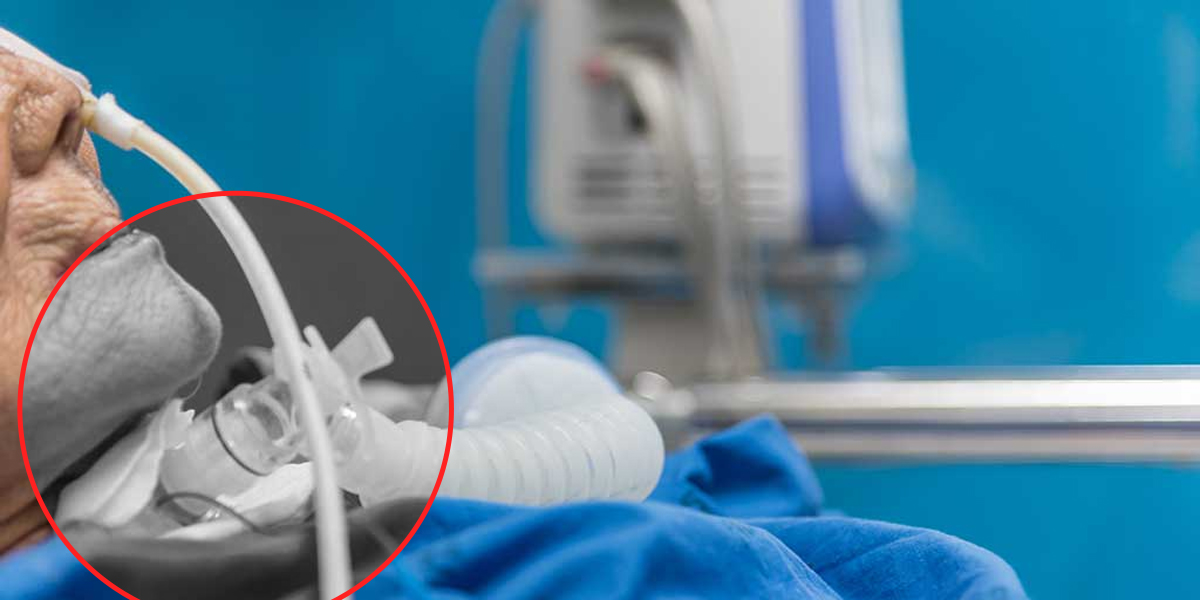Tracheostomy is a medical procedure in which an opening is created in the neck, allowing direct access to the windpipe ( trachea). This procedure is often performed in cases where a person is unable to breathe comfortably through their nose or mouth due to medical conditions like respiratory failure, severe throat injuries, or neuromuscular disorders.
At Athulya, we understand the unique challenges and responsibilities that come with caring for individuals with tracheostomies. Let’s delve into essential aspects of tracheostomy care, covering everything from the procedure itself to day-to-day care, potential complications, and the importance of compassionate support for residents and their families.
Tracheostomy
A tracheostomy is typically performed when a patient requires long-term respiratory support or when a medical condition obstructs the upper airway. During the procedure, a small incision is made in the front of the neck, followed by the insertion of a tracheostomy tube into the trachea. This tube serves as an artificial airway, allowing air to pass directly into the lungs, bypassing the mouth and nose.
Types of Tracheostomy Tubes
Tracheostomy tubes come in various sizes and designs, tailored to meet the specific needs of individual patients. Some common types include:
Cuffed Tracheostomy Tubes – These tubes have an inflatable cuff that seals off the trachea, preventing the passage of air between the tube and the tracheal wall. Cuffed tubes are commonly used in patients who require mechanical ventilation or have difficulty managing their secretions.
Uncuffed Tracheostomy Tubes – Uncuffed tubes lack an inflatable cuff and are often used in patients who can breathe spontaneously without assistance. These tubes are preferred for those who can manage their secretions effectively.
Fenestrated Tracheostomy Tubes: Fenestrated tubes have a small opening in the outer cannula, allowing air to pass through the vocal cords when the inner cannula is removed, This enables patients to speak more naturally.
Tracheostomy Care: The Essentials
Suctioning – Proper suctioning of the tracheostomy tube is essential to remove secretions and maintain a clear airway. Trained healthcare professionals at Athulya ensure this procedure is performed safely and efficiently, reducing the risk of infection and discomfort for residents.
Tube Changes – Regular monitoring of the tracheostomy tube is crucial to prevent complications and ensure optimal airflow. Our skilled nursing team is well-equipped to handle tube changes with utmost care and precision.
Stoma Care – Keeping the stoma (the opening in the neck) clean and dry is critical to prevent infections. Our caregivers are trained to provide meticulous stoma care, reducing the risk of skin irritation and other related issues.
Speech and Swallowing – Residents with fenestrated tubes may require specialized speech and swallowing therapy. Athulya Assisted Living offers comprehensive rehabilitation services to help residents communicate and swallow safely.
Potential Complications and How We Address Them
While tracheostomies are generally safe and effective, there are potential complications that require vigilant monitoring and prompt intervention
Infection: Our stringent infection control measures significantly reduce the risk of infections related to tracheostomy care. Regular assessments and meticulous wound care contribute to better outcomes for our residents.
Tube Dislodgement: Accidental dislodgement of the tracheostomy tube can be life-threatening. Our staff undergoes extensive training to handle emergencies and ensure immediate reinsertion of the tube when necessary.
Tube Obstruction: Tracheostomy tubes can become blocked due to accumulated secretions or debris. Our experienced caregivers are skilled at recognizing signs of obstruction and performing suctioning as needed.
Skin Irritation: Proper stoma care and the use of appropriate dressings help prevent skin irritation around the tracheostomy site.
Aspiration: Residents with swallowing difficulties are at risk of aspiration, where food or fluids enter the airway. Our speech and swallowing therapists work closely with residents to enhance their safety during meal times.
Compassionate Support for Residents and Families
At Athulya Assisted Living, we prioritize emotional well-being as much as physical health. Our caring and empathetic team is always available to offer support and reassurance to both residents and their families. We understand that tracheostomy care can be overwhelming, and we strive to create a nurturing environment where residents can thrive.
Conclusion
Caring for residents with tracheostomies requires specialized knowledge, experience, and compassion. At Athulya Assisted Living, we provide comprehensive tracheostomy care to ensure the well-being of our residents. From skilled nursing to rehabilitation services, our team is committed to delivering the highest standard of care, enabling residents to lead fulfilling lives despite their medical challenges. With a focus on safety, comfort, and personalized attention, we stand as a beacon of hope for families seeking expert tracheostomy care for their loved ones.





